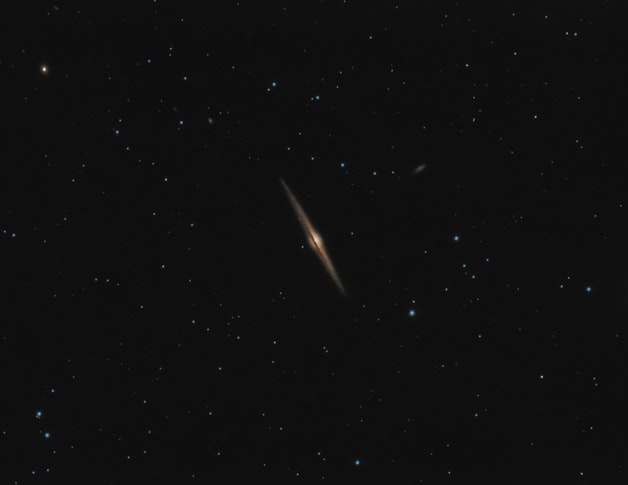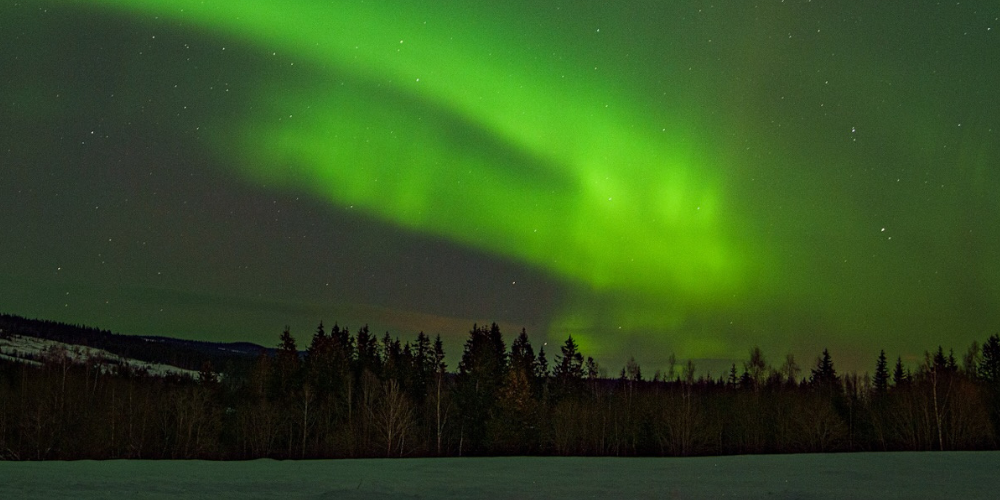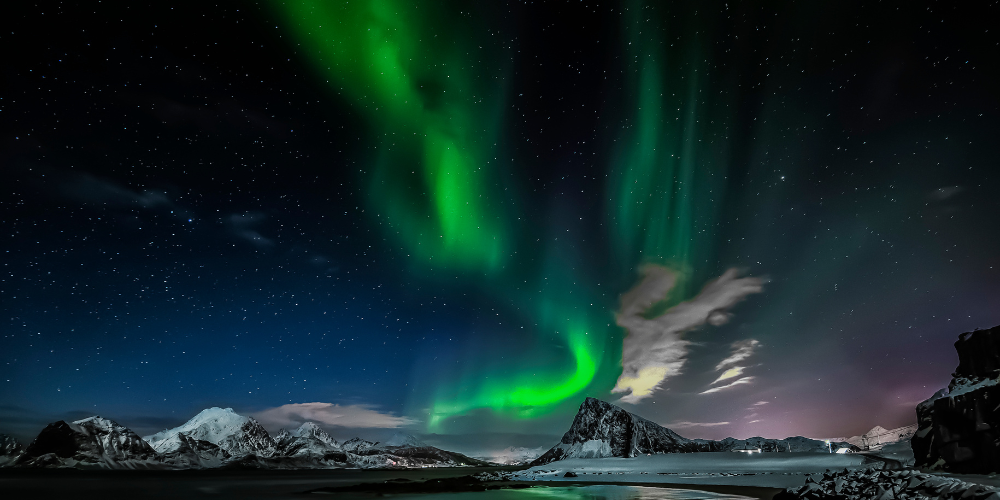If you were to measure the Earth from its center and all the way up to its highest peak, Mount Everest is not what you would be looking at. Instead of Mount Everest, the highest mountain on the planet would be the Chimborazo, which is located in Ecuador.
This is a fact because scientists believe that at the poles, the Earth is a little squished; it’s as if a ball is being held with pressure from the top and the bottom. Ecuador sits on the equator, and due to the Earth being a little squished, the equator juts outwards. This phenomenon is why it’s believed that the Earth is not perfectly rounded and instead, it has the shape of a slightly flattened sphere. Hence, it’s called “oblate.”

Pixabay/Pexels | The galaxy will never fail to surprise you
Researchers believe that most of the moons and planets are not perfectly round. They’re all squished in some way. The question is, why is this so? Why is the Earth and the other planets not perfect spheres?
Why Aren’t Planets Fully Round?
When a planet rotates, it experiences a centrifugal force. It is the same with human beings. Take the example of a merry-go-round: when you are sitting on it, you feel a little extra force acting on you, making you tug a little bit to the side. The moons and the planets are constantly spinning which means that there is a constant centrifugal force acting on them.

Ralph David/Pexels | Due to this, the bulges begin to form on the equator of these planets and moons
The effects of centrifugal force are often very subtle. Two great examples of this are the planets Saturn and Jupiter. Scientists believe that the faster a planet rotates, the more the centrifugal force that’s acting on it. Saturn and Jupiter are the fastest spinning planets in the solar system, which is why while looking at both of these enormous gas planets, you’ll see that they are, in fact, a little squished.

Adam Krypel/Pexels | Take it as proof that everything looks perfect only from afar
An incredibly fascinating example of the centrifugal force is Haumea, which is a dwarf planet. This planet is found in the region of icy objects, right outside the Neptune orbit, which is known as the Kuiper Belt. This dwarf planet is said to be the size of Pluto but it spins so fast that it completes a full rotation in only 4 hours, due to which, the planet is shaped like an egg.
Interesting, isn’t it?





